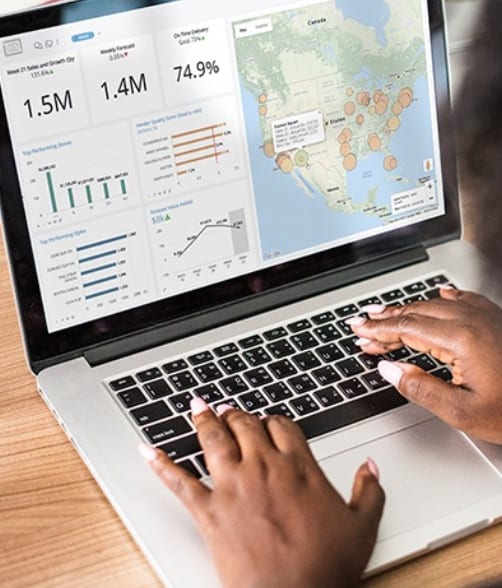If you would like to be able to meet the demands of your customers, you need to know what they are. Sure, you know that your customers want quality products and services; however, how much of those services are they going to require? What should your inventory look like? That is where demand forecasting is helpful. There are lots of options when it comes to demand forecasting methods. What are a few examples?
Passive Demand Forecasting
Overall, this is the easiest type of demand forecasting. You will use your sales data from the past and anticipate needs in the future. Importantly, you need to compare one month from a prior year to the same month during the next year. Particularly if your business waxes and wanes in accordance with seasonal trends, you need to compare apples to apples.
If you have a lot of sales data to build on, passive demand forecasting will be more accurate. Furthermore, if you are aiming for stability, this is another good demand forecasting method. If you anticipate your business growing in the near future, this type of demand forecasting may not be as accurate because your customer base may grow significantly in the future.
Active Demand Forecasting
The next type of demand forecasting is called active demand forecasting. This type of forecasting requires more work; however, if your business is growing quickly, this type of forecasting will be more accurate. You will use your expansion plans, marketing campaigns, and market research to forecast demand down the road. You may also factor in growth projections for your industry as a whole, projected cost savings from changes in your supply chain, and the overall economic outlook of your field. If you do not have a lot of historical data to use, you will be relying more heavily on external factors.
Short-Term Projections
Another example is called short-term demand forecasting. This is a type of forecasting that takes a look at the next three to twelve months. If you want to make sure you have enough lead time for your supply chain, this is where you should look. That way, you can adjust your demand projections in accordance with accurate sales data. If you use short-term projections, you can respond quickly if the demands of your clients change.
Long-Term Projections
Of course, you can also take a look at long-term projections. This is going to look a few years into the future. Your long-term planning is going to be based on market research and data as well as your goals. When you use long-term projections, you should look at this as a road map to success. That way, you can play on your capital investments, marketing opportunities, and supply chain operations. If you are able to accurately anticipate future demand, you can be ready when the time is right. That way, your business can grow, you can protect your spot in the market, and you can outmaneuver the competition.
Forecast Demand Accurately
These are just a few of the many types of demand forecasting. You should use this type of forecasting because you will be able the better meet the needs of your customers. If you are able to forecast demand accurately, you can respond to changing market conditions before your competitors. That way, you can slash your overhead expenses, keep your profit margin high, and remain one step ahead of the competition. Keep in mind that there are advanced tools that you can use to accurately forecast demand. There are also trained professionals who can help you get the most out of this practice.
